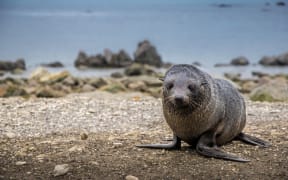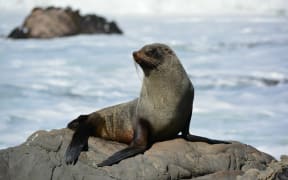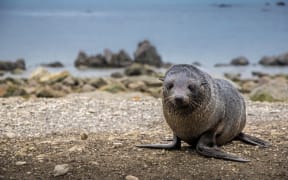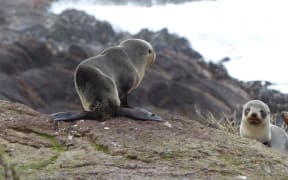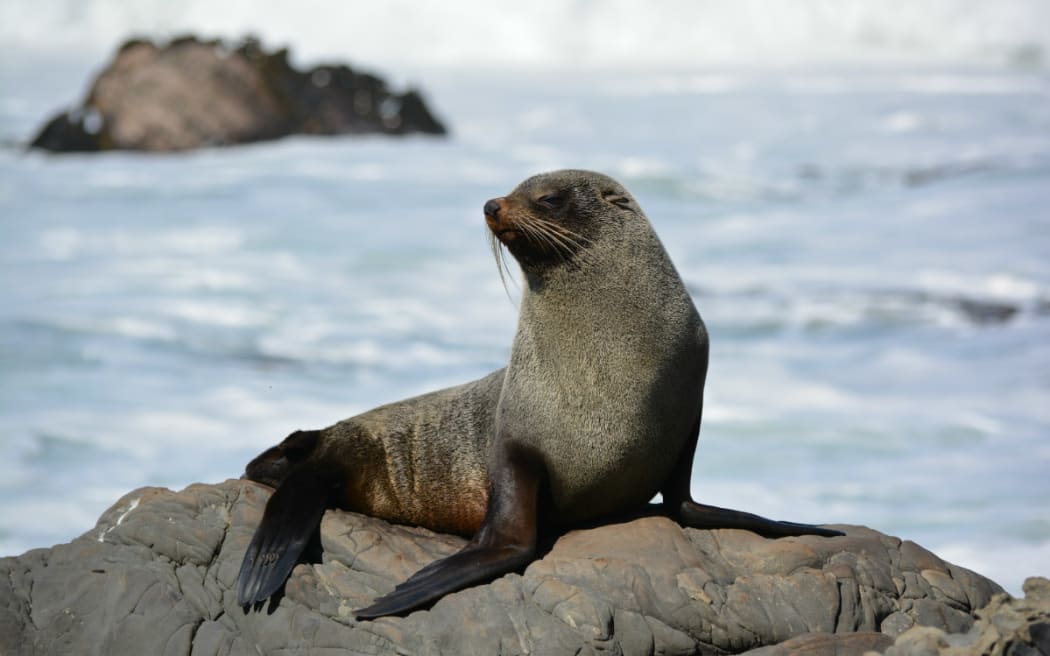
Between May and September each year, many young kekeno / seals leave their colonies to explore. Photo: Supplied/DOC.
The Department of Conservation (DOC) wants people to keep an eye out for fur seals around New Zealand's coastlines and on coastal roads.
Between May and September each year, many young kekeno / seals leave their colonies to explore.
During this time they can be spotted on rocky shores, but are known to go further inland where people and other animals are.
Marine science advisor Laura Boren said fur seal populations were recovering quickly.
"This means people need to be prepared to encounter seals anywhere around our coastline, even in areas where they haven't seen seals before, and particularly over the winter months."
Boren said people could keep seals safe by keeping dogs under control.
"Our hotline staff frequently receive calls about dogs harassing and attacking seals."
DOC wanted dog walkers near the coast to scan for wildlife, keep a lead handy and check for seasonal and area dog restrictions.
Coastal Otago community ranger Moss Thompson said people could also protect kekeno by watching out for them while driving.
"Tragically, every year there are vehicle strikes involving kekeno, especially pups.
"Keep your speed down in coastal areas, and keep your eyes peeled for animals on the road, particularly around dawn and dusk."
Boren said people may feel worried if they see young pups on their own, or seals regurgitating, sneezing, coughing, or crying.
This was all part of their normal behaviour and kekeno should generally be left alone, she said.
But Boren said if you saw one that was severely injured, being harassed or in danger, call 0800 DOC HOT (0800 362 468).
